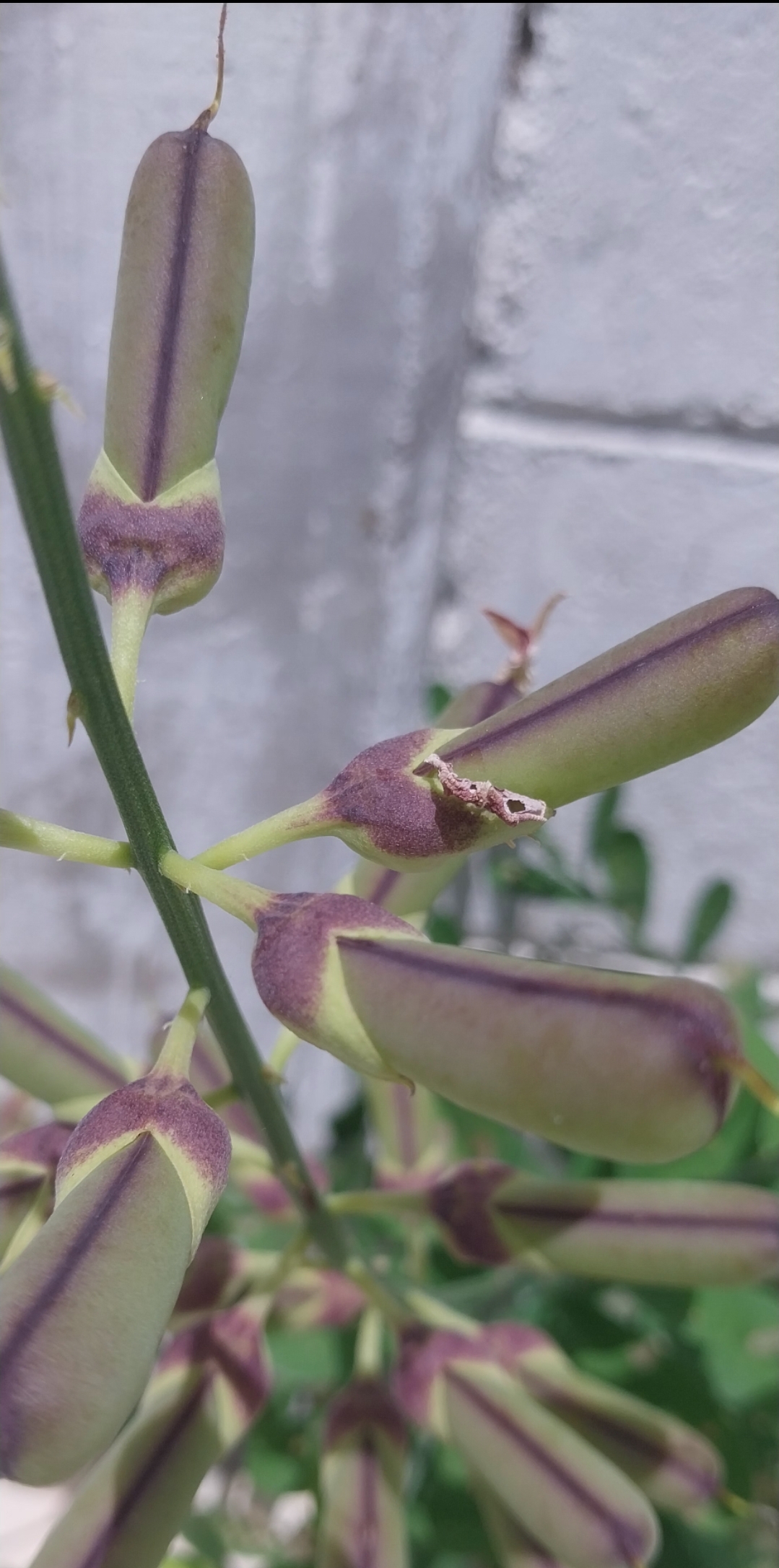
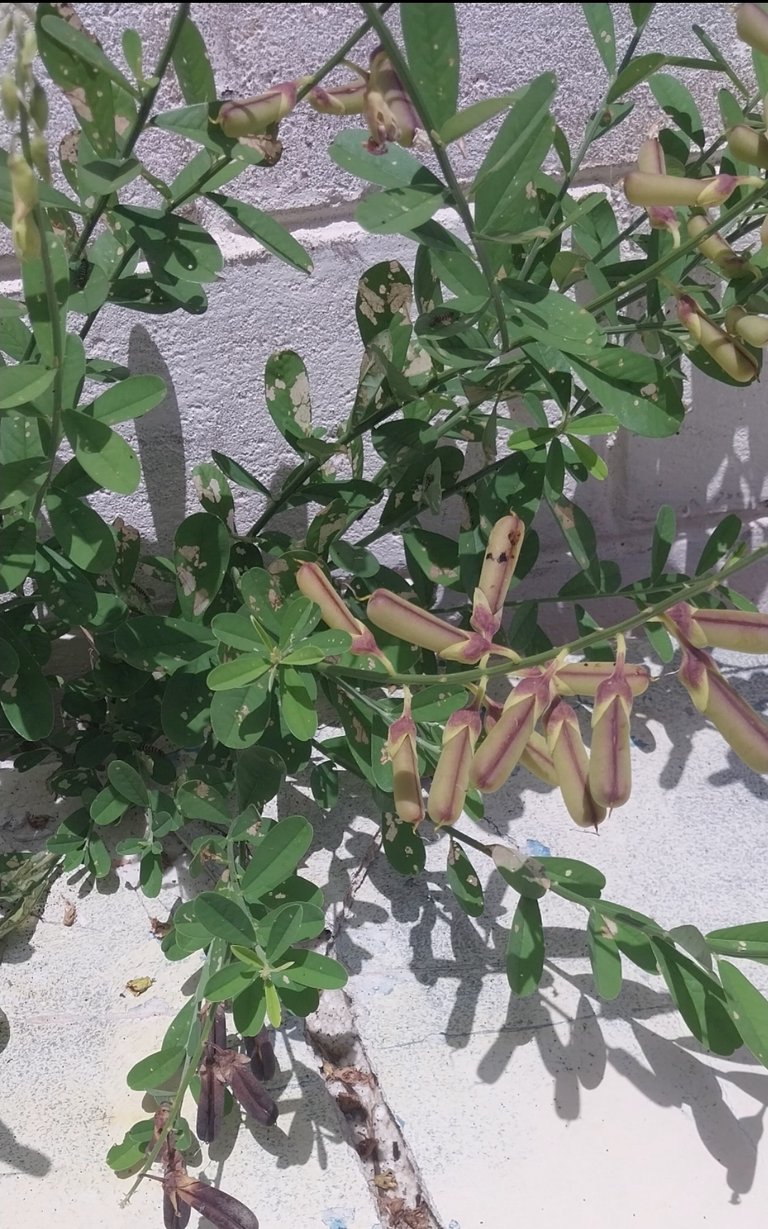
Crotalaria assamica is a herbaceous plant or shrub that can reach a height. It includes the triangular leaves and yellow flowers of many species of the genus Crotalaria. These flowers not only contribute to the Earth's biodiversity, but also serve as a source of nectar for various pollinators, including bees and insects. From an ecological point of view, it has the potential to improve soil quality.
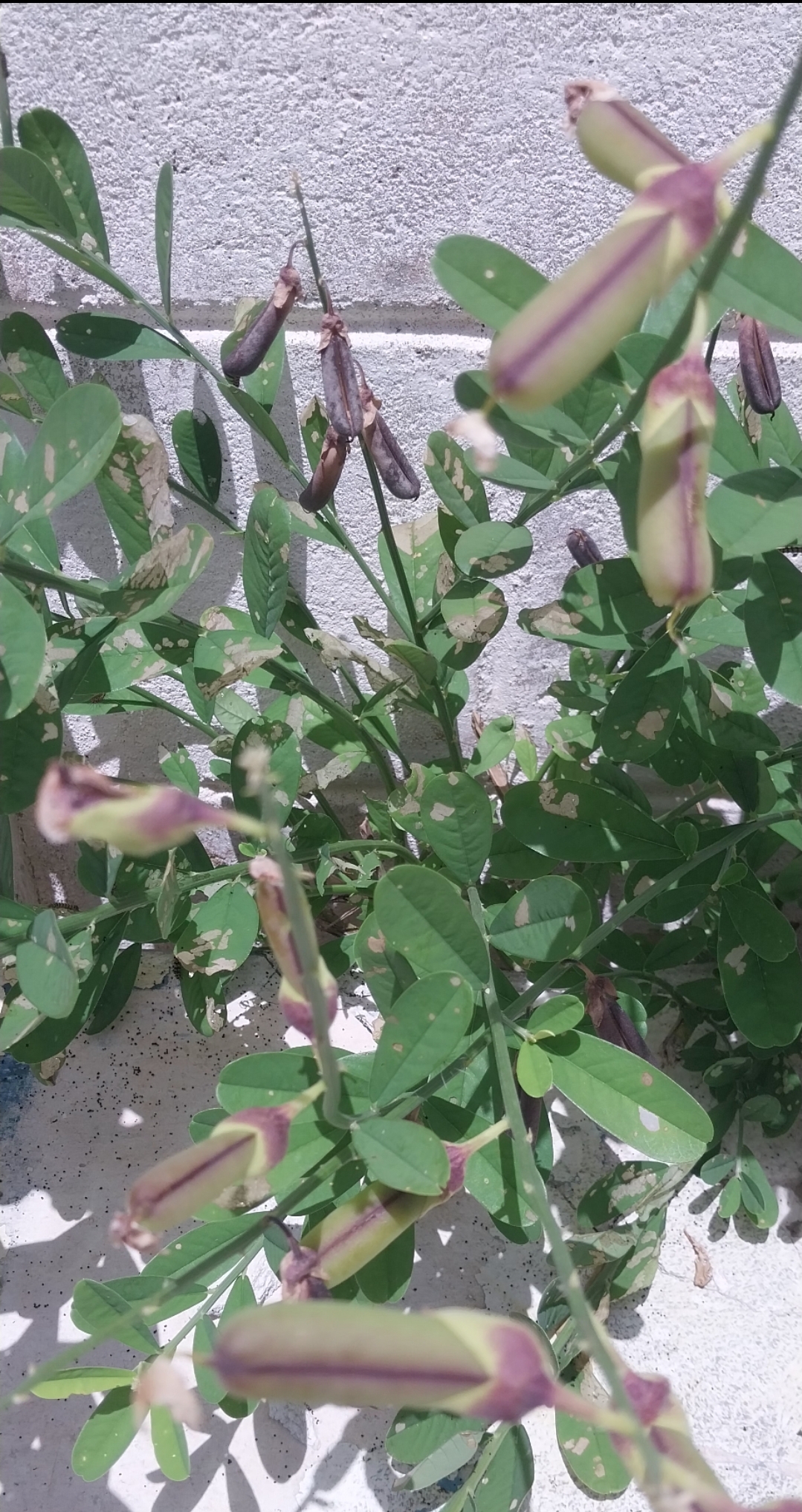
Like many legumes, this plant forms a symbiosis with nitrogen-fixing bacteria in its roots. This process converts atmospheric nitrogen into a form that plants can use, enriching the soil and benefiting other plants in the environment. This ability to improve soil fertility makes Crotalaria assamica very useful for sustainable agriculture and the rehabilitation of degraded lands. In the study, Contributions to Science revealed many aspects of scientific interest.
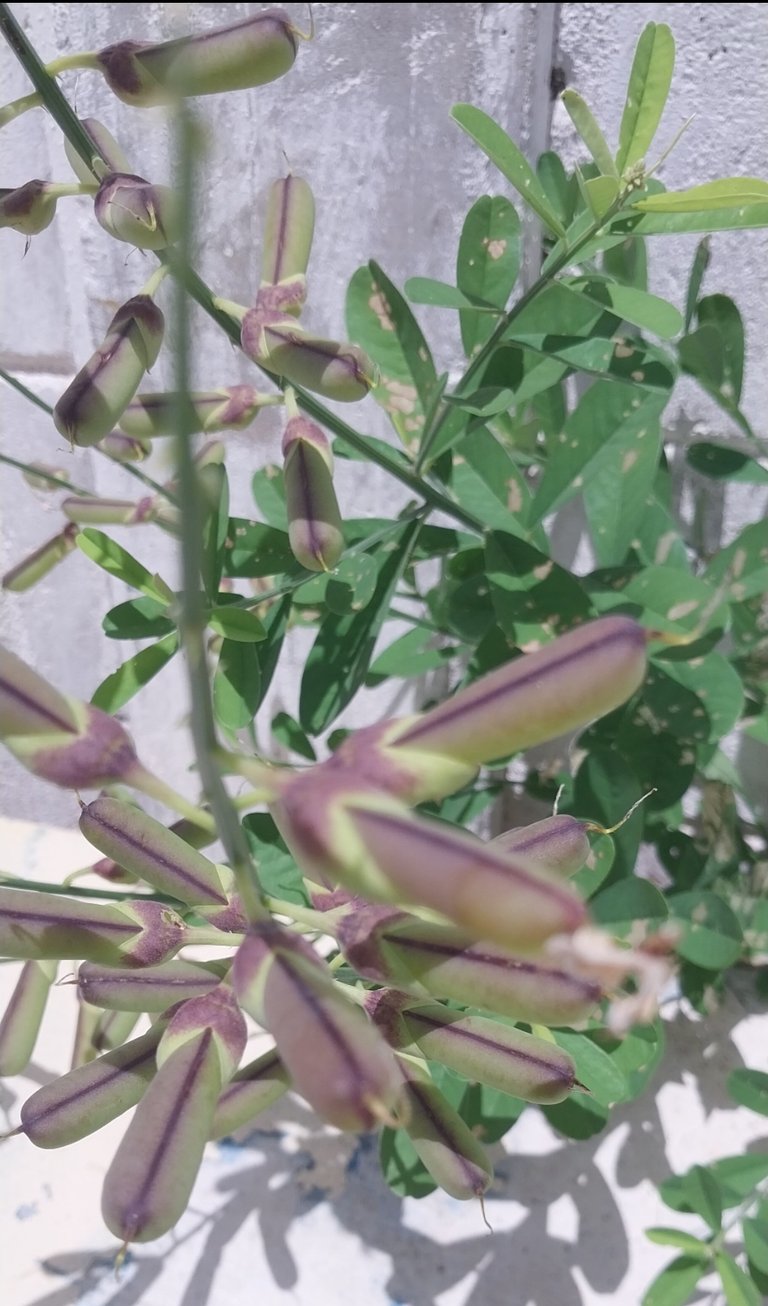
First, the plants contain compounds that have medicinal and agricultural potential. Preliminary studies have shown that in Crotalaria assamica there is an alkali that may have anticancer and antibacterial effects. These compounds are being investigated for their potential in the development of new drugs. It is also a research project in the field of phytoremediation, which uses plants to remove contaminants from soil and water.

The ability of this plant to tolerate and accumulate some heavy metals can be exploited for the decontamination of soils affected by industrial activities.
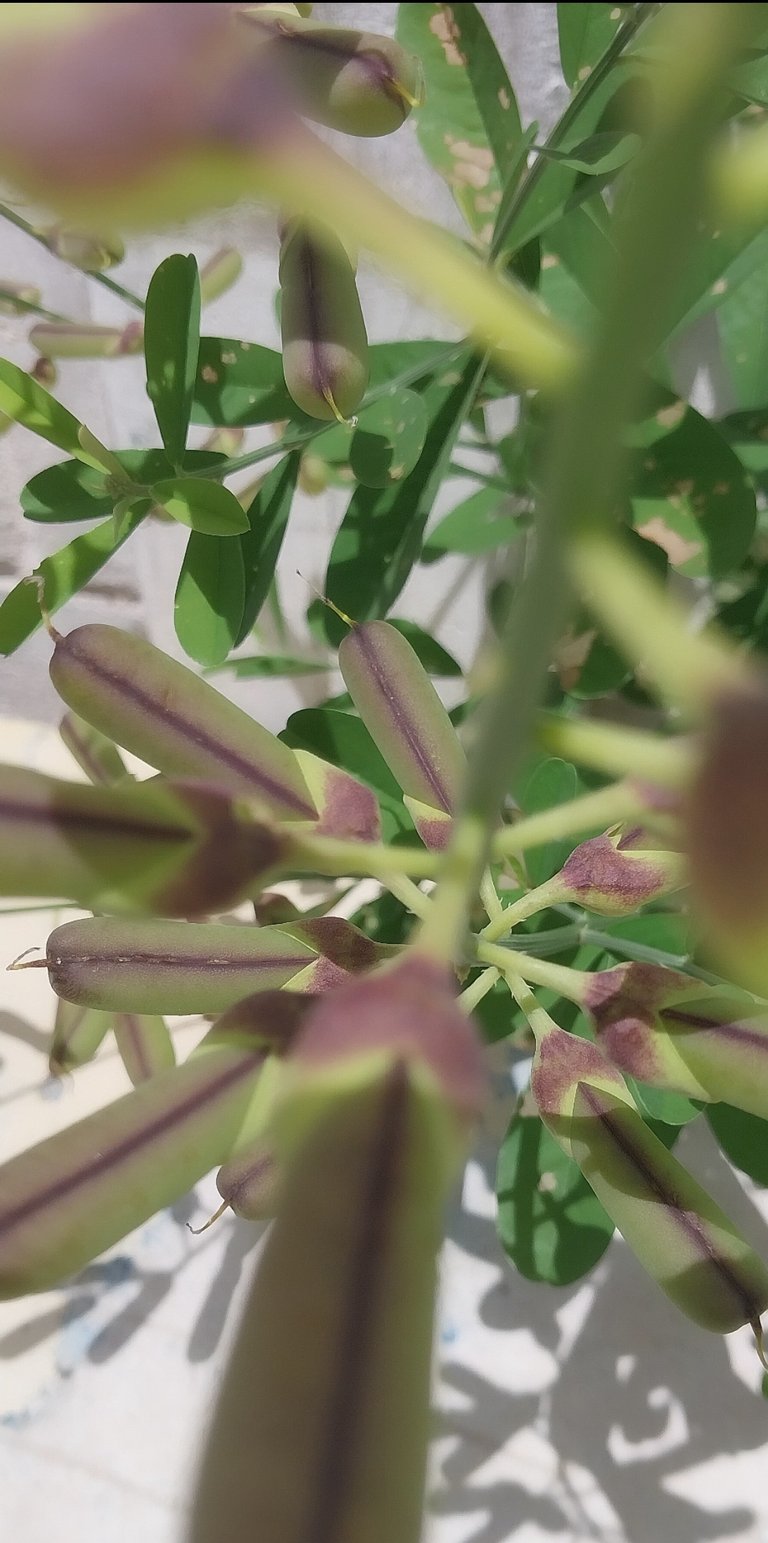
From a genetic perspective, the study of and other species of the Crotalaria genus provides valuable information on the evolution and adaptation of legumes. Sequencing the genome of this plant could offer clues about how plants in this family developed their capabilities for nitrogen fixation and production of bioactive compounds.
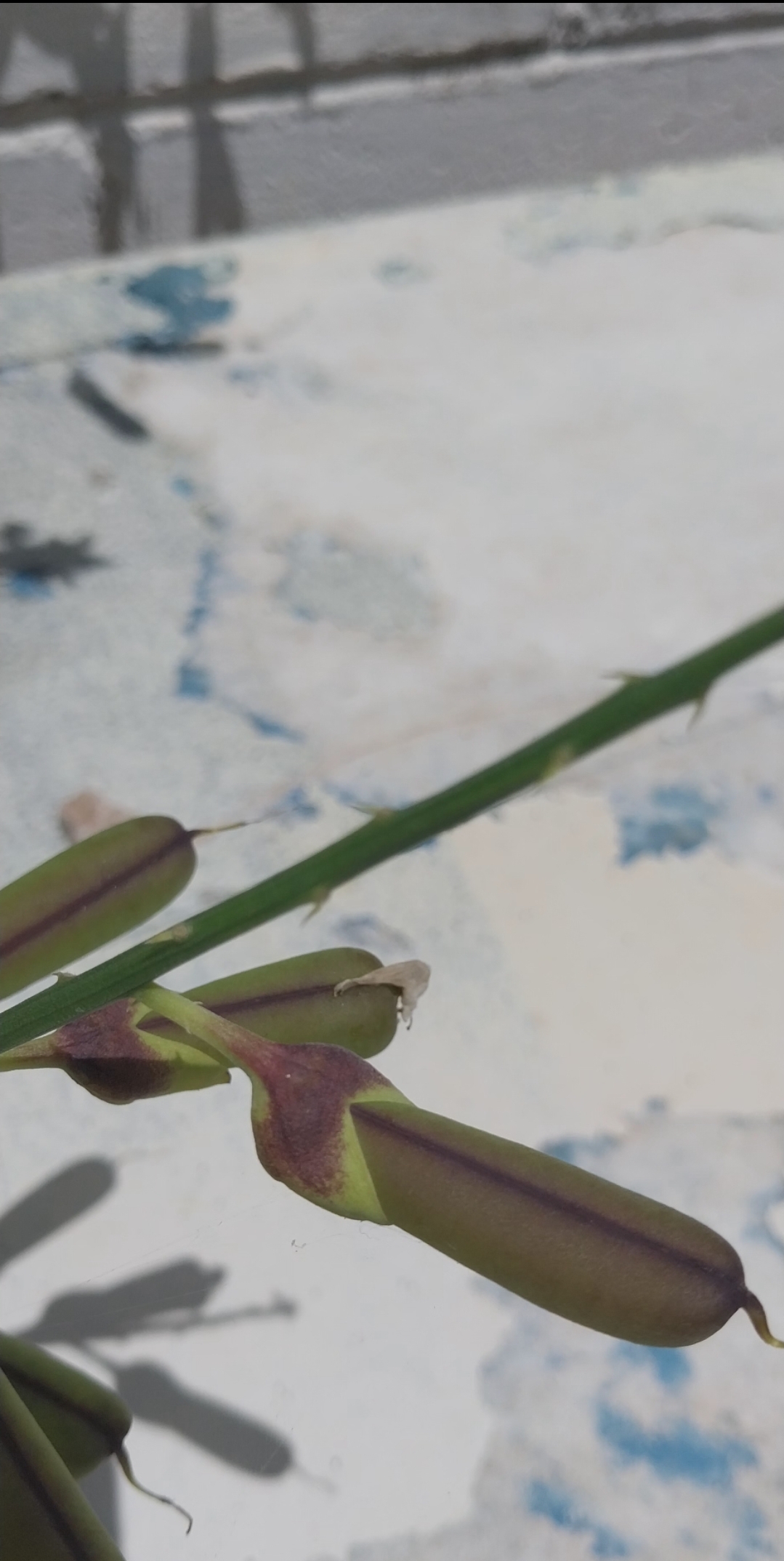
Despite its potential benefits, it is important to address the conservation of Crotalaria assamica and its natural habitat. Deforestation and agricultural expansion can threaten populations of this species in its native environment. Promoting its sustainable cultivation and use in agroforestry systems could be an effective strategy to ensure its preservation while taking advantage of its ecological and scientific benefits.
Crotalaria assamica is a plant with multiple facets of interest to science. Its ability to improve soil fertility, its potential in medicine and phytoremediation, as well as its importance in genetic studies, make it a valuable object of study.
The conservation of this species and its sustainable use will not only benefit local ecosystems, but will also open new avenues for scientific research and technological innovation.
Photo edited by my Samsung A23 phone
Bibliographic reference
International Poisonous Plants Checklist: An Evidence-Based by D. Jesse Wagstaff, 2008.
Contemporary Phytomedicines by Amritpal Singh Saroya, 2017.
Traditional Chinese Medicines: Molecular Structures, Natural by Xinjian Yan, Guirong Xie, Jiaju Zhou, 2018.

